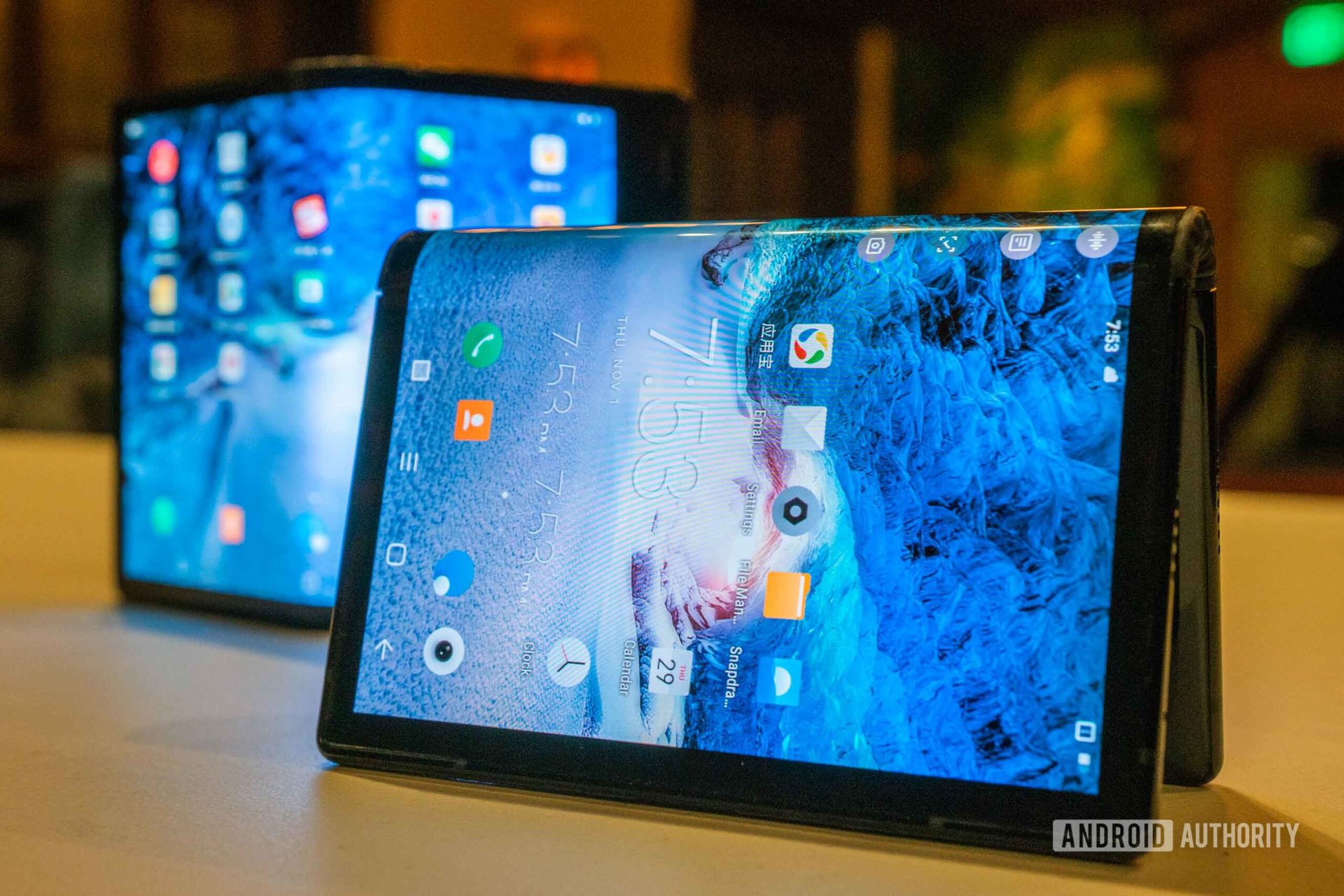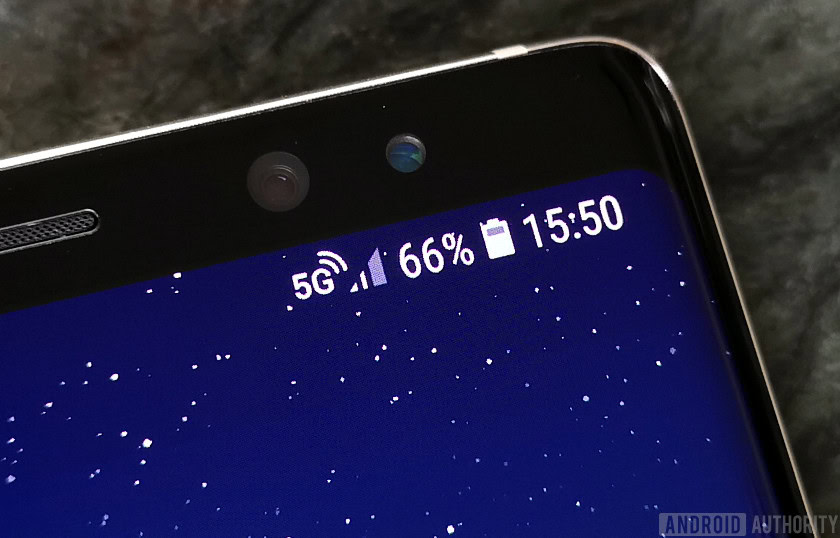Affiliate links on Android Authority may earn us a commission. Learn more.
Mobile innovation: Things will get worse before they get better

After a couple of flat years, the mobile industry is abuzz, flush with innovation. 5G will arrive in 2019 to transform the way we consume data, while flexible, foldable smartphones will reshape the way we interact with technology — or so various manufacturers and industry pundits would have us believe.
Our industry needs some optimism to relieve its current funk, but everyone seems to be forgetting the number one rule of cutting-edge technology: It takes years, not months, for bleeding-edge innovations to meaningfully change the typical consumer’s life.
The numbers don’t add up
Case in point, the first 5G networks and smartphones should be with us by mid-2019, but they won’t be so widespread that everyone can buy into them. Only a few global carriers offer 5G and in just a few cities, making coverage spotty at best. Furthermore, most won’t rush out to spend ludicrous money just to be first, even if they can.
Research from Deloitte Insights predicts just 1 million 5G smartphones will be sold in 2019, out of an estimated 1.5 billion phones sold throughout the year — that’s not even 0.1 percent. It’s under 3 percent of the total number of smartphones currently in use in the United States. This will improve in 2020, with an estimated 15 to 20 million 5G global sales.
However, even by 2025, just 14 percent of worldwide connections are likely to be based on 5G compared to 53 percent on 4G, according to data from GSMA.
The bottom line is this year’s 5G efforts will be reasonably muted in terms of real impact, just like the first few years of 4G were. Manufacturers are keen to be first, with the glaring exception of Apple, but this fanfare needs a reality check.
Trying to provide more tangible innovations to consumers, Royole, Samsung, Huawei, and others are planning to launch smartphones with flexible displays sometime in 2019 too. Again though, industry sales expectations peg this with niche appeal rather than a real revolution.

Flexible AMOLED display shipments are only expected to top 50 million by 2025. That’s clearly a long way down the line and that figure would only account for a little over 3 percent of today’s entire global market. In 2019, the number is expected to sit somewhere around 1.4 million. It’s not exactly predicted to be the next must-have technology then, though perhaps supply will ramp up if the first products prove to be a hit.
Ultimately the big hitters this year won’t be the first 5G or bendable phones. Instead, the regular Samsung Galaxy S10 and Note 10, HUAWEI P30 and Mate 30, Google Pixel 4, and a selection of other fan favorites will no doubt continue to sell in the most meaningful numbers.

What does this all mean for 2019?
Most 2019 smartphones, for better or worse, will probably end up resembling 2018 handsets (albeit probably with a sprinkling of novel announcements to liven things up). That’s not a bad thing — lots of 2018 smartphones were really impressive. You might even say a number of companies finally nailed the smartphone formula last year.
That said, we’re probably going to see a number of more questionable “innovations” this year too. More cameras are almost certain, as are a myriad of phones hiding cameras in pinhole display cutouts. We may also see more in-display fingerprint scanners, weird and wonderful notch designs, novel ways to make bezels even smaller, and even stranger uses for “AI.” Sadly none of that is particularly new.
Worse for the industry, 5G and flexible displays are unlikely to spur growth. From Apple to ZTE, phone makers — and their suppliers — are bracing for another tough year marked by market saturation, trade conflicts, and a possible widespread economic downturn.
If you’re looking for exciting and interesting products, 2019 will certainly have a few. You might even buy one of them if you’re prepared to stump up the early adopter fee. However, most consumers won’t be joining the 5G or flexible bandwagons any time soon. It’s going to take a couple more years before the mobile market looks any different to how it does today.